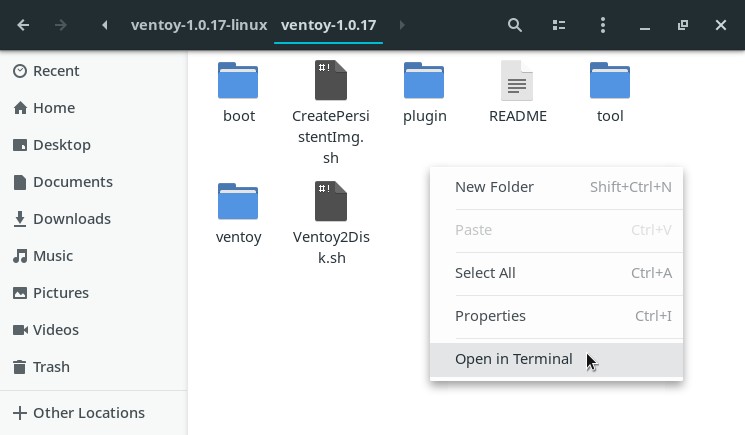
Click OK.Īfter completing this install, your USB drive is now ready to accept boot drive files, including ISO, WIM, IMG, VHD(X), and EFI files. Once the formatting completes, an Info window will appear congratulating you for a successful install. The app will open another Warning window confirming if you want to reformat the drive. Once you’re ready to format your USB drive, click on Install.Ī Warning window will pop up, asking you if you want to continue. This action digitally signs your boot drive so modern, more secure systems will read your boot drive as valid. You can also look for the lock icon on the left of the Ventoy In Package version number to ensure that secure boot support is activated. Important: Ensure the drive you chose is empty because Ventoy will erase its contents and format it.Ĭlick on the Option menu and ensure that Secure Boot Support is checked.

In the Ventoy2Disk window, under the Device dropdown menu, select the correct removable drive where you want to install your multiboot USB. If you’re using a 64-bit x86 processor, a 32-bit ARM processor, or a 64-bit ARM processor, you have to go inside the altexe folder, copy the applicable install file back onto the main folder, and then open it from there. If you’re using a 32-bit or 32-bit compatible x86 processor, open the Ventoy2Disk.exe app inside the unzipped folder. Installing Ventoy is a pretty simple process. Once you’ve downloaded the app and have the USB flash drive on hand, then you can start creating your multiboot USB drive. If you want to have three or more, you can opt for the 64GB or even 128GB capacity. The USB capacity may vary, depending on how many operating systems you intend to place in it, but 32GBs should be enough to accommodate at least two. You also need a USB flash drive to store your boot drive files. You can download this open-source tool for free on the Ventoy website directly or on its Github page. One of the tools you can use to create a multiboot flash drive is Ventoy. How to Create a Multiboot USB With Ventoy However, if you use a multiboot utility, you can instead use a single USB stick to house all the boot drives you need.

But if your computer runs multiple operating systems, like Windows and Linux, or you own multiple devices with different operating systems, you need a separate USB stick for each system. This isn’t a problem if you’re like most users, where you only run one operating system. However, most USB boot drives can only host one operating system.

Whenever your computer runs into a problem and you need to restore it, you can use a boot drive to initiate the restoration.


 0 kommentar(er)
0 kommentar(er)
